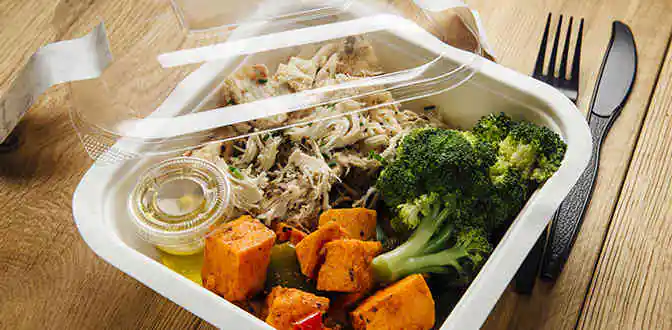If you’re anything like us, then coffee runs in your veins and provides your sole life force before 10 am.
So, in honor of the sweet nectar of life and savior of mornings, here are five things happening in the global coffee market right now.
Chewable coffee is now a thing
Too busy to brew a pot of coffee before running out the door, but still need that caffeine fix? Well, two guys from San Francisco have you covered with chewable coffee cubes.
To date, Geoffrey Woo and Michael Brandt have raised more than $60,000 on Indiegogo for their Go Cubes. The cubes are vegan, come in three flavours (latte, pure drip and mocha) have the texture of a gum drop and contain 50 mg of caffeine, 30 mcg of Vitamin B-12, 500 mcg of folic acid and a slew of other vitamins and minerals meant to boost performance.
We’re not sure if chewing a little cube will ever replace the ritual of sipping on a steaming cup of joe, but this on-the-go solution is certainly a quick fix for those who suck at morning even worse than we do.
Coffee pod sales are falling
Just over a year ago, John Sylvan, the inventor of the K-Cup, told The Atlantic that he regrets creating Keurig because of the sheer amount of plastic waste the non-biodegradable cups produce.
When that article was published, Keurig was posting stronger growth than ever, with nearly one in three American homes boasting a pod-based coffee maker.
But now, the tides seem to be turning against Keurig and other pod makers. A CBC article published this week says that last August, Keurig reported that sales of brewing machines and accessories fell by 26% from the previous year.
Hamburg, Germany even went as far as banning the pods in government buildings, in an effort to curb waste.
Pod coffee makers are still intensely popular, but it’s worth keeping an eye out to see where these single-serving machines are headed.

Preach.
Ground coffee is on the upswing
And while K-cups are down, roast ground coffee is up—Technavio released a report this week indicating that the global roast and ground coffee market will be worth $70.79 billion by 2020, up $17.57 billion from its 2015 value. A lot of this growth is chalked up to a rise in café culture, as well as more demand from millennials.
Starbucks wants to break into Italy
Ever gotten a macchiato at Starbucks? It’s basically a cup full of steamed milk and sugar syrup, with a few shots of espresso to top it off. Tasty, to be sure, but a far cry from a real Italian macchiato, which is traditionally espresso served with a dash of steamed milk.
These differences are leaving many people asking what, exactly, Starbucks will bring to the Italian coffee market—a market known for very particular tastes and specific ingredient choices.
High coffee consumption has been linked to a lower risk of MS
A study published in the Journal of Neurology Neurosurgery & Psychiatry by a team from Stockholm, Sweden indicates that high coffee consumption—more than six cups per day—can be tied to a reduced risk of developing multiple sclerosis (MS).
Studies conducted in Sweden and California showed that drinking more than six cups per day was associated with 30 and 31% lower risk of MS, in the respective regions.
“The researchers suggest possible mechanisms that may explain their results, including observations from experimental studies that caffeine upregulates adenosine 1A receptors (which protects against experimental autoimmune encephalomyelitis and reduces proinflammatory cytokine production,” says an article on Medscape.
Just to be clear, this doesn’t necessarily mean that you should start sucking down six cups a day. While there is increasing evidence of the health benefits of coffee, this study simply shows that there is an association between the two. While this is exciting news for MS research, a lot more investigation needs to happen before anyone can claim coffee as a cure-all.
Want even more details about what’s up in coffee? Check out Technavio’s new report on the roast and ground coffee market.



